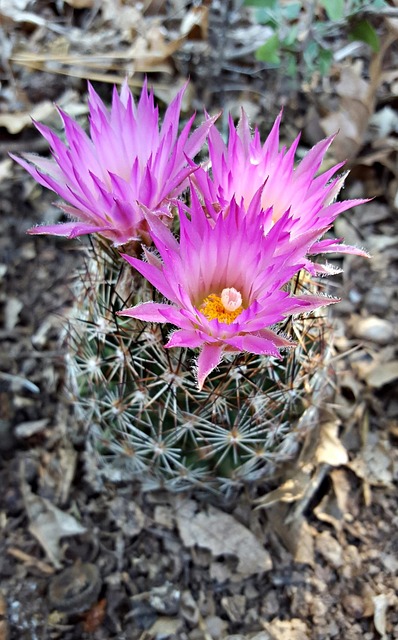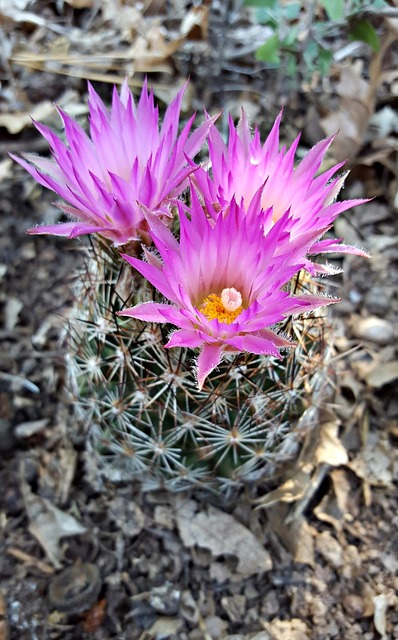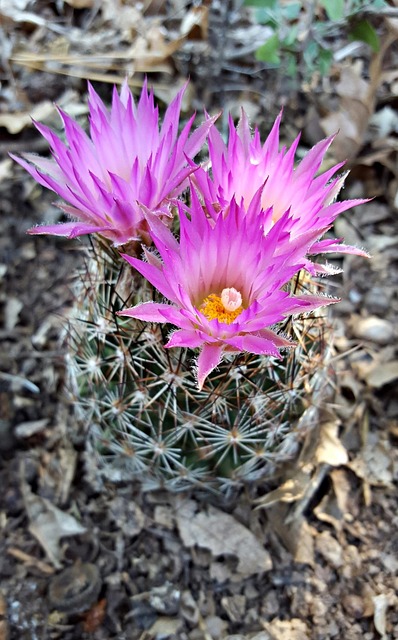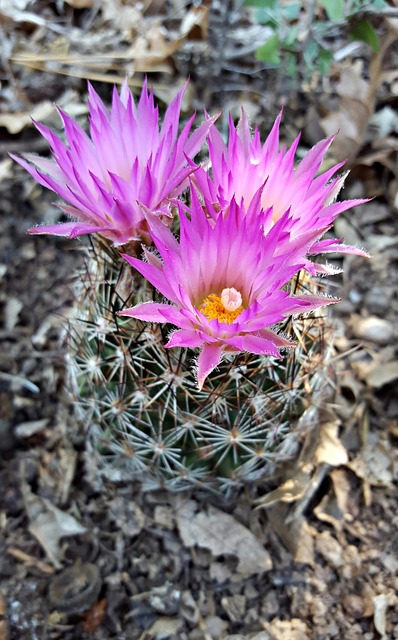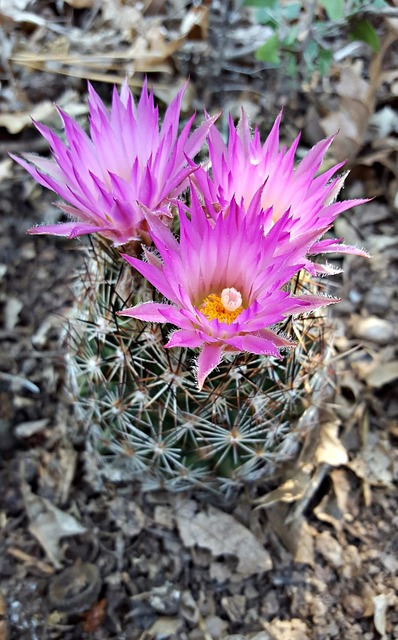Festivals act as vibrant threads weaving together communities' cultural heritage, entertainment, and local history. These events attract visitors, boosting real estate markets through increased demand for accommodations, dining, and attractions. Festivals drive economic impacts, sparking urban renewal with investments in public spaces, facilities, and historic districts. Festival spaces offer immersive experiences, revitalizing communities through creative land use that blends natural elements, historical landmarks, and architectural gems, fostering deeper connections to local heritage.
Unveiling Cultural Treasures: How Festivals Become Gateways to Local Heritage
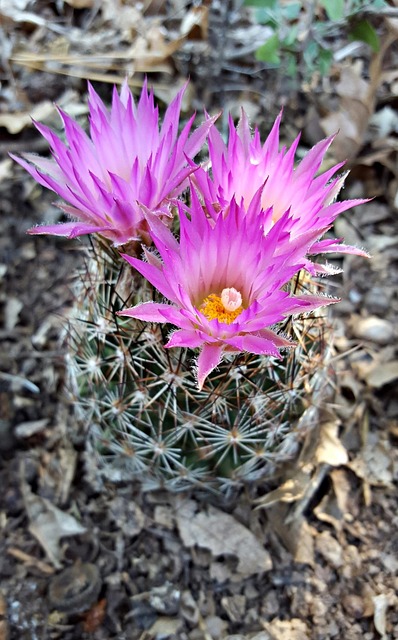
Festivals have long been a vibrant thread weaving through the fabric of communities, serving as more than just entertainment events—they are gateways to exploring and preserving local heritage. These gatherings bring people together, creating an atmosphere where cultural treasures can be unveiled and shared. Through colorful performances, traditional cuisine, and artisanal displays, festivals offer a unique opportunity to immerse oneself in the history and identity of a place.
In many ways, festivals act as a bridge between the past and present, ensuring that ancient customs and stories remain relevant. They become real estate for showcasing the best of local culture, attracting both residents and visitors eager to experience these hidden gems. This celebration of heritage not only preserves traditions but also fosters a sense of community pride, leaving attendees with memories that echo the rich tapestry of the region’s history.
The Economic Impact: Festivals as Drivers for Real Estate and Community Development
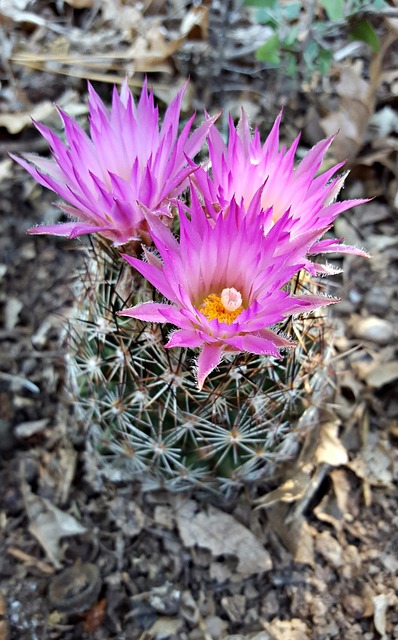
Vibrant festivals celebrating local heritage not only enrich cultural landscapes but also have significant economic impacts, particularly on real estate markets and community development. These events attract visitors from both within and outside the region, driving up demand for accommodations, dining options, and local attractions. The increased footfall can lead to a surge in property values and rental rates as investors and residents recognize the growing appeal of festival-centric areas.
Moreover, festivals often spark urban renewal and infrastructure improvements. Local governments and developers may invest in enhancing public spaces, building new facilities, and revitalizing historic districts to better accommodate festival activities. These developments not only boost the local economy during the events but also create lasting legacies that continue to attract visitors, residents, and businesses long after the celebrations end, further solidifying the area’s reputation as a desirable locale.
Designing Festival Spaces: Creating Memorable Experiences that Revitalize Local Landscapes
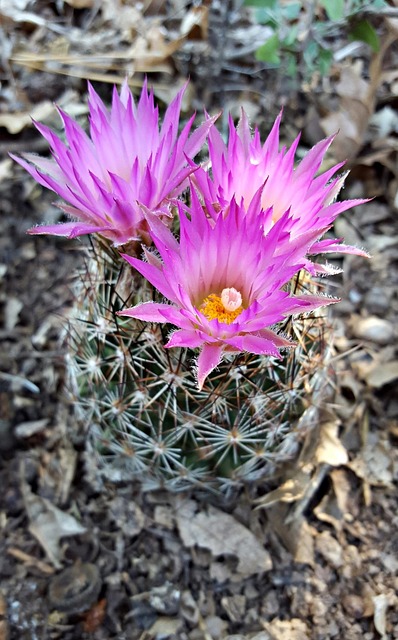
Festival spaces are more than just venues; they’re carefully curated environments designed to immerse visitors in a local heritage’s essence. Through creative land use, event planners can transform real estate into vibrant, memorable experiences that revitalize communities. Think beyond the traditional stage and food stalls; instead, envision interactive exhibits, art installations, and performances scattered across diverse landscapes.
This strategic design not only showcases local traditions but also encourages audience engagement. Incorporating natural elements, historical landmarks, and architectural gems from the area ensures a harmonious blend of past and present. By integrating local real estate into festival planning, organizers can create a unique sense of place that attracts both locals and visitors, fostering a deeper connection to the community’s rich heritage.
